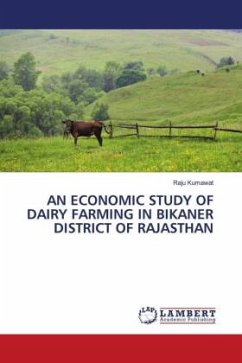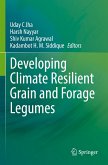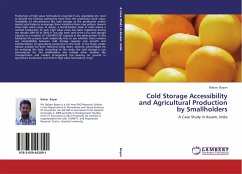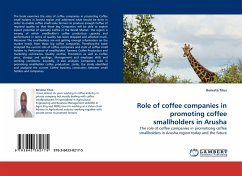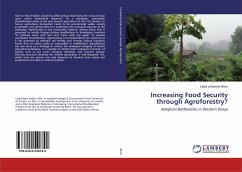The central highland of Kenya is characterized by small land holdings, and as the size of land holdings continue to decline due to subdivisions, most livestock feeds will have to come from cropped land. World Agroforestry Centre together with partner institutions have introduced fodder legumes (calliandra and desmodium) with the aim of alleviating feed shortage. The purpose of this study was to examine the economic benefits of the fodder legumes when they were used as supplements for increasing milk production under different access to markets, cattle management levels and by gender in Embu district, Kenya. The study showed that economic benefits of using calliandra as a supplement were higher (p>0.05) in female managed farms and under high cattle management levels. The study has helped identify farmer innovations and additional benefits of fodder legumes. These can be further explored to improve adoption of these legumes.
Bitte wählen Sie Ihr Anliegen aus.
Rechnungen
Retourenschein anfordern
Bestellstatus
Storno


